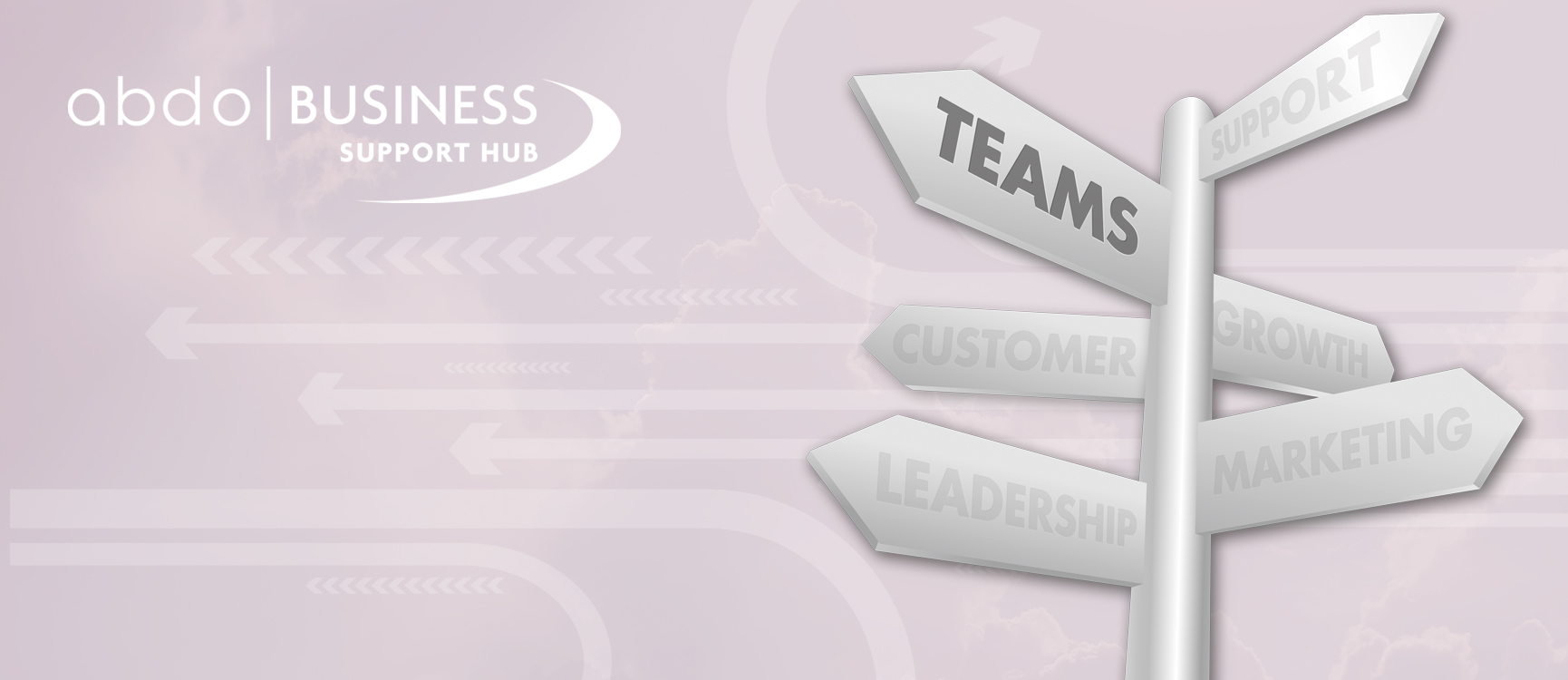Every team is made up of individuals with different personality traits, different learning styles and different preferences when it comes to working together.
When you work as part of a team, irrespective of what role you take in that team, you have expectations of others around you. Those expectations can be at quite a basic level, for example, working towards our common goal and being collaborative and supportive.
So what happens in that team when there are ‘outliers’?
By that, I mean the ‘star’ in the team who performs way above expectations, behaves in a way that exceeds expectations, is a great role model and receives frequent high level praise and recognition. This person could be considered as a positive behavioural outlier in the team.
Then there is the person who delivers results for the business but at the same time comes from a place of self-interest, has no concern for your business’ values, and quite often can disrupt collaboration within the business. This person could be considered a negative behavioural outlier in the team.
The term ‘outlier’ may be more familiar in the world of statistics where it is described as “a fact, figure, piece of data, etc. that is very different from all the others in a set and does not seem to fit the same pattern”1.
In the context of a team, we may use it to describe the over performing role models and the more troublesome elements.
Unfortunately, we also often find that the negative behavioural outlier’s behaviours are ‘enabled’ by the culture in a business and are not managed effectively.
In Moseley’s Fast Company article2 he explains his three tips for a positive culture and the inclusion of any outlier:
- Identify your culture and reinforce your values: Regardless of the positive or negative outlier, it is imperative that organisations develop a company mission and values. Reinforcing and recognising these attributes on a daily basis will provide a direction for outliers and, ultimately, help them define their role within the team structure – or not.
- Cultivate a culture of appreciation: While a negative outlier may bring a level of competition and aggressiveness to the table that management thinks is healthy, it can also be detrimental to those around him. By creating a culture of appreciation that reinforces the company’s stated values, senior management is able to clearly define expectations and measure employees against desired behaviours.
- Communicate constantly, walk the talk: Communication is critical to managing any type of outlier. It’s one of the more underestimated keys in management. Leadership should consistently communicate acceptable behaviours and then be in front of the workforce towing the party line. If management doesn’t walk the walk, outliers assume the rules are negotiable.
A human trait that should not be overlooked is the desire to be recognised, receive praise and be appreciated as mentioned in (ii) above. This applies to the positive and negative behavioural outliers as much as it does to the rest of the team. Therefore, in addition to the management of a business looking to ensure that they show appreciation, they also need to create a culture in which the team shows their appreciation too.
It could be argued that appreciation and recognition from one’s peers and colleagues would be more motivating as they are ‘in the same boat’ so to speak.
So if you have a culture of inclusivity and a clear set of values that you want the team to live by, what else should you do?
In his second Fast Company article3, Moseley tells us “The key to ensuring positive behavioural outliers are encouraged while negative behavioural outliers are uncovered and appropriately managed lies in the creation of a powerful corporate culture.”
A working environment with intense focus on morals and values.
“Applying strategy to employee recognition simply means creating a continuum of positive feedback, through consistent reward and events, that recognizes and acknowledges employee accomplishments.
The employee feels appreciated and valued, and is more engaged, therefore more productive.
A program upheld by the employees themselves will help steer a negative behavioural outlier toward the right path, as it becomes clear who is living the values and who is not. Outliers will soon learn which behaviours are encouraged and rewarded.
Some may fall in line and some may continue their ways. But the distinction will be made.”
It could be argued that the negative behavioural outlier doesn’t need to change anything about themselves, they need to move to a different environment that suits their personality and behaviours.
They have a choice. They can settle and show up to a place where they do not “fit,” or keep taking chances trying places that they might.
The key factor is that with a strong working environment with intense focus on morals and values, the team will flourish and the negative behavioural outlier will either change, or move on to pastures new.
- Cambridge Dictionary
- Moseley E. The Two Types Of Behavioural Outliers And How They Affect Your Corporate Culture. Fast Company online article, 30th May 2012
- Moseley E. Managing Your Company’s Behavioural Outliers. Fast Company online article, 26th June 2012
Additional reading:
Outliers by Malcolm Gladwell. Published 24th June 2009 by Penguin. ISBN 9780141036250

